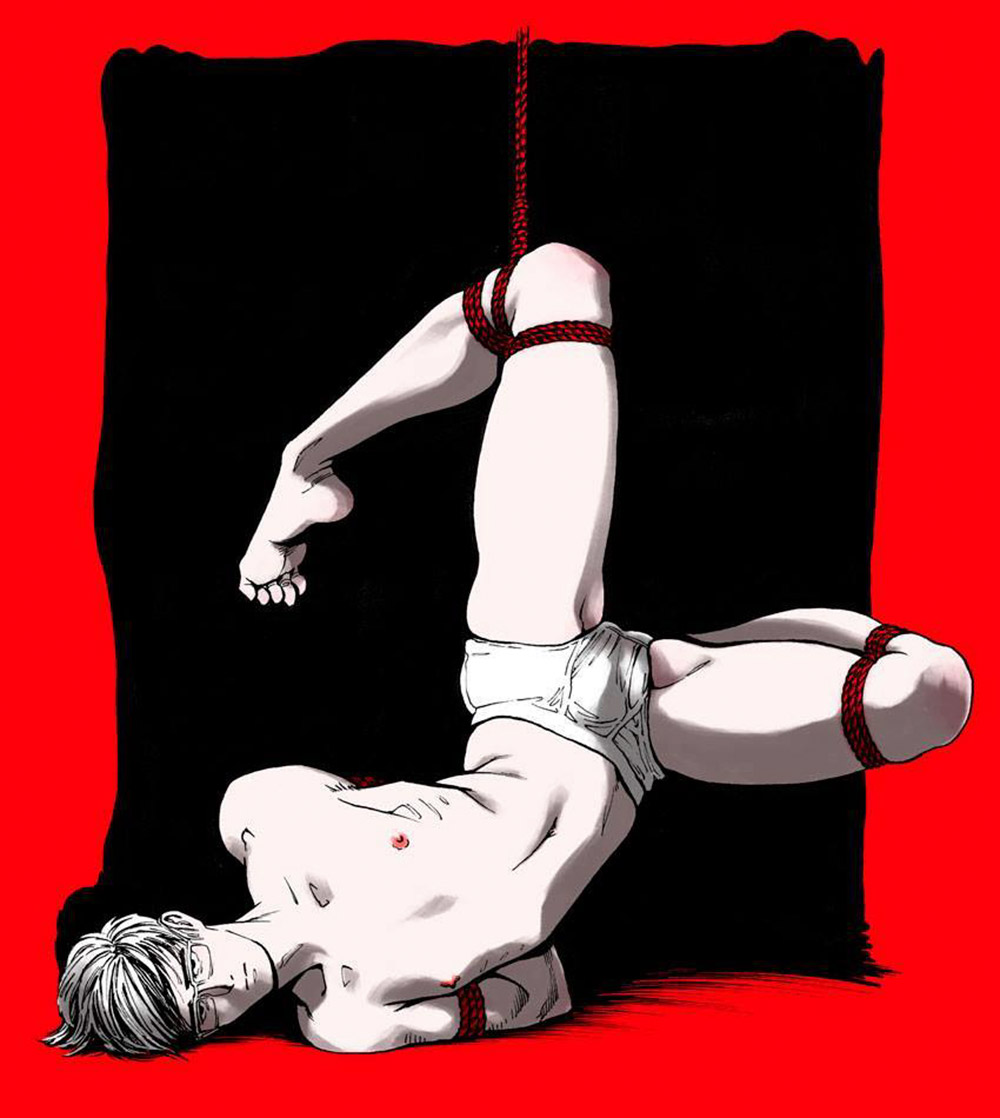There is some very useful advice here for Tops and bottoms by Topologist from Crash Restraint. It’s rope-oriented, but much of the advice is applicable for all sorts of play. I’d encourage you to read all the sections, regardless of identification.
TOPS
When looking for new partners:
DON’T touch anyone without their clearly expressed verbal permission (or touch their toys, garments, etc.)
DON’T invite yourself into in-progress play
DON’T assume that if you saw someone do something with someone else, they’d like to do it with you
When playing with somebody new:
DO talk about limits and goals before playing
DO ask your bottom about their medical history
DO advise your bottom of all possible risks
DO establish safe words/signals
DO establish check-in procedures
DON’T use techniques you are unsure of on bottoms you don’t know well
Whenever playing with rope:
DON’T exceed your ability
DON’T play intoxicated or with impaired judgment
DON’T push bottoms too far beyond their experience and comfort levels
DON’T ignore warning signs of tingling / numbness / discomfort or requests to loosen / adjust / remove a tie
DON’T make bottoms feel bad if a tie isn’t working out; take responsibility for tying in a way that is appropriate for the individual you are playing with
DON’T keep playing if your bottom reports light-headedness, seeing spots, or ringing ears, develops a cold sweat, or becomes incoherent; they are likely about to pass out and/or throw up
DO have safety shears within reach at all times
DO educate yourself about nerve safety and anatomy
DO check periodically for normal feeling and strength in your bottom’s extremities>
DO get expert instruction when learning suspension
DON’T ever leave a tied bottom unsupervised
DON’T allow anyone to join your play unless negotiated in advance with all parties
DO protect bottoms from external interference while playing and immediately after play
AVOID rope across the front of the neck
AVOID ties on the upper arms (until experienced)
AVOID hardpoints you can’t fully inspect (especially anchors into concrete ceilings)
ALWAYS consider what would happen if your bottom loses consciousness, the electricity goes out, and the building catches on fire
BOTTOMS
When looking for new partners:
DON’T assume that someone knows what they’re doing just because they sound experienced / have a big toy bag / taught a class once
DO check references (and be sure they are reliable)
IGNORE any assertion that “a true submissive would …” or that you need to be submissive in order to be a good rope bottom, or that bottoming makes you submissive
AVOID tops who don’t want you to have a safeword, limits, or independent interaction with the community
SPEAK UP if someone makes you uncomfortable or violates your boundaries – if you’re at an event, promptly advise the host
When playing with somebody new:
DO ask a friend who knows your limits to observe
DO use safecalls if you must play in private
DO let your top know what your needs are for before, during, and after play
DO tell your top about any medical conditions, injuries, or physical limitations
DO advise your top ahead of time if there is anyone you would want to join in while you are playing
DO make sure you know how to safeword, including non- verbally if you may be gagged
Whenever playing with rope:
DON’T leap into difficult ties without experience
DON’T play when dehydrated, hungry, exhausted, or sick
DON’T play intoxicated or with impaired judgment
DO warm up and/or stretch before playing
DO communicate when something doesn’t feel right
DON’T ignore what your body is telling you to avoid ending play; ask to do something different or take a break
DO learn about your body so that you know what is safe for you and can recognize danger signs
DO talk with others about how they experience rope and how they stay safe while rope bottoming
DON’T rely solely on your top’s judgment for safety; determine for yourself whether an activity/situation is safe, and insist any concerns you have be addressed
ALWAYS pay attention for warning signs of nerve compression: tingling, numbness, and loss of strength/motion should be taken seriously even if not painful; lasting damage can occur quickly and without discomfort at the time of injury
FURTHER READING
• Deviance & Desire – Illustrated Guide: 10 Golden Rules of Negotiation
• Deviance & Desire – The “Not a Checklist” Negotiation Sheet for BDSM Bottoms
• Stefanos & Shay – Bondage Pick-Up Play “Real Talk” (aka, bondage negotiation basics)
• Remedial Ropes
 This work is licensed under the Creative Commons Attribution-NoDerivs 3.0 Unported License. Latest version always available at http://crash-restraint.com/advice
This work is licensed under the Creative Commons Attribution-NoDerivs 3.0 Unported License. Latest version always available at http://crash-restraint.com/advice

